
Imagine this: you’re driving home after a long day, deep in thought about tomorrow’s meeting, last week’s dinner plans, or maybe even replaying an old conversation. Suddenly, you realize you missed your exit. Sound familiar? It’s as if our minds go on “autopilot,” drifting through tasks and to-do lists while we bypass the present moment entirely. As a life coach, I’ve seen this happen countless times with clients who feel like they’re constantly moving yet somehow missing out on living.
In our fast-paced world, being truly present can feel like a mystical superpower. Yet, mastering mindfulness and presence isn’t about zoning out or chasing inner zen on a remote mountain; it’s a practical tool that helps us manage stress, build mental clarity, and make positive life changes. This is why presence is such a vital skill in life coaching. When we bring our focus back to the moment, we reclaim joy, connect meaningfully, and show up fully for our lives and the people in them.
As a life coach, one of the first things I often ask clients is, “Where’s your mind right now?” Because honestly, it’s probably not where your feet are planted. Between endless work demands, family responsibilities, and even our social media habits, many of us spend our days mentally checked out. Research shows that this “autopilot mode” can actually drain us of the joy and fulfillment that come from truly engaging with the present. A 2010 study by Killingsworth and Gilbert found that people’s minds are “wandering” nearly 47% of the time, often leading to lower happiness levels. This drifting mindset can rob us of the simple pleasures and mental focus that make life rich and purposeful.
When we consciously bring our attention to the here and now, we break free from the “autopilot” trap, opening up space for self-awareness, personal growth, and lasting happiness. This is at the heart of life coaching: empowering clients to reconnect with themselves and each moment, realizing that every experience holds the potential for positive life changes and greater fulfillment.
What Exactly is Presence?
Presence, as defined by experts and a few wise life coaches, is a deep state of mindfulness where we focus our mental attention on the present moment. It’s not about escaping reality or finding a “higher” self; it’s about becoming fully engaged with this self, here and now. Daniel Siegel, in his book Aware, describes presence as a skill we can strengthen. His research shows that “training our attention muscles” through mindfulness practice builds mental clarity and emotional resilience, giving us greater power over how we experience life.
Additional studies back this up. Killingsworth and Gilbert’s study showed that staying present boosts happiness and emotional well-being. Another 2015 study by Tang et al. found that mindfulness training improves attention and cognitive control by enhancing the brain’s prefrontal cortex, a key region responsible for focus and decision-making. This isn’t just about “feeling better”—it’s a scientifically backed approach to cultivating mindfulness that supports cognitive health, reduces mind-wandering, and helps us manage daily stresses effectively.
In short, presence is far from abstract; it’s a practical, proven practice that can enrich our lives and unlock our potential for personal growth.
Power Posing: Confidence and Connection in a Single Move
According to Amy Cuddy in Presence, changing your body posture can instantly connect you to confidence and presence. Her research found that standing in a “power pose” (think Wonder Woman) doesn’t just affect how others see you; it shifts your internal state, reducing stress and increasing self-confidence. This small, scientifically-proven practice builds both mental clarity and presence, allowing you to engage more fully in life’s moments.
Power posing isn’t only for interviews or public speaking—it’s a tool for everyday situations. Maybe you’re gearing up for a big presentation, joining a new social group, or preparing for a tough conversation with family. Life coaches often recommend power poses for clients looking to develop mental resilience and confidence, reinforcing the focus and calmness needed for meaningful engagement.
So, next time you need a quick boost of presence and confidence, try a power pose. Not only does it connect you to your inner strength, but it also opens up a path for positive life changes and personal growth.
Living Presence: A Sacred Alertness
Kabir Edmund Helminski, in Living Presence, describes presence as a “sacred alertness”—a full-body experience where every moment is alive with meaning and connection. This type of presence goes beyond mindfulness practice; it’s about creating a life filled with intention, staying alert and attuned to the richness of each moment. Life coaching often draws from this philosophy, helping clients cultivate a meaningful life where each day brings new opportunities for positive life changes and deeper connections.
Helminski’s concept of “sacred alertness” aligns with the goals of life coaching by emphasizing the value of deep, active engagement with life. Instead of rushing through tasks, try starting your day with a brief mindfulness practice, like setting an intention or pausing to feel gratitude. When we bring this kind of intentional focus to our daily activities, we experience the present as a source of clarity and purpose, enhancing our sense of wholeness and well-being.
“With these insights in mind, the next step is to bring presence into our everyday routines through practical, simple techniques that reinforce mindfulness and foster lasting positive change.”
Five Practical Tips to Cultivate Presence Every Day:
- The 3-Second Check-In:
One of the simplest mindfulness exercises, especially when your day feels chaotic, is to take three seconds to breathe, look around, and plant yourself in the moment. Just a few seconds can help reset your brain, improving focus and grounding you in the now.
2. Power Pose Your Day:
Feeling uncertain? Try a two-minute power pose—stand tall, plant your feet, and imagine yourself radiating confidence. It’s a scientifically-backed tip for bringing yourself back to the present moment and building self-trust.
3. Phone-Free Moments:
Research shows that constant device checking adds to mental clutter and reduces real-life engagement. For a few minutes daily, create a “sacred moment” by setting your phone aside. Even a brief, tech-free moment can recharge your focus.
4. Body Awareness:
Life coaches often suggest paying attention to physical sensations—your feet on the floor, your hands on the desk—to bring your mind back to the present. Helminski’s work reminds us that our bodies are just as vital in cultivating presence as our minds are.
5. Acknowledge the Ordinary:
Sometimes, being present means truly seeing what’s right in front of you—the colors, sounds, and sensations of your everyday life. Making an effort to observe without judgment, as Siegel suggests, builds a habit of presence and enriches our sense of connection to the world around us.
Closing Thoughts:
Presence isn’t reserved for monks or mindfulness masters—it’s an accessible and powerful tool for anyone interested in life coaching, mindfulness, and personal growth. By bringing together insights from science, body language, and spirituality, we can all learn to be more present. And when we are, we open ourselves to deeper connections, clearer focus, and a greater sense of purpose in life. So, the next time your mind starts wandering, remember: the present moment is always here, ready for you to come back.
Ready to Embrace Presence in Your Life?
At PR4LIFE, we believe that presence is at the heart of living purposefully and connecting deeply. If you’re looking to bring more mindfulness, clarity, and intention into your daily life, our life coaching programs are here to help. Together, we can work to uncover what holds you back, clarify your goals, and build a path forward that’s rooted in who you truly are.
To learn more, visit www.pr4life.org or schedule your free Discovery Call with PR4LIFE today, and take your first step toward a life that’s not just lived—but fully experienced.
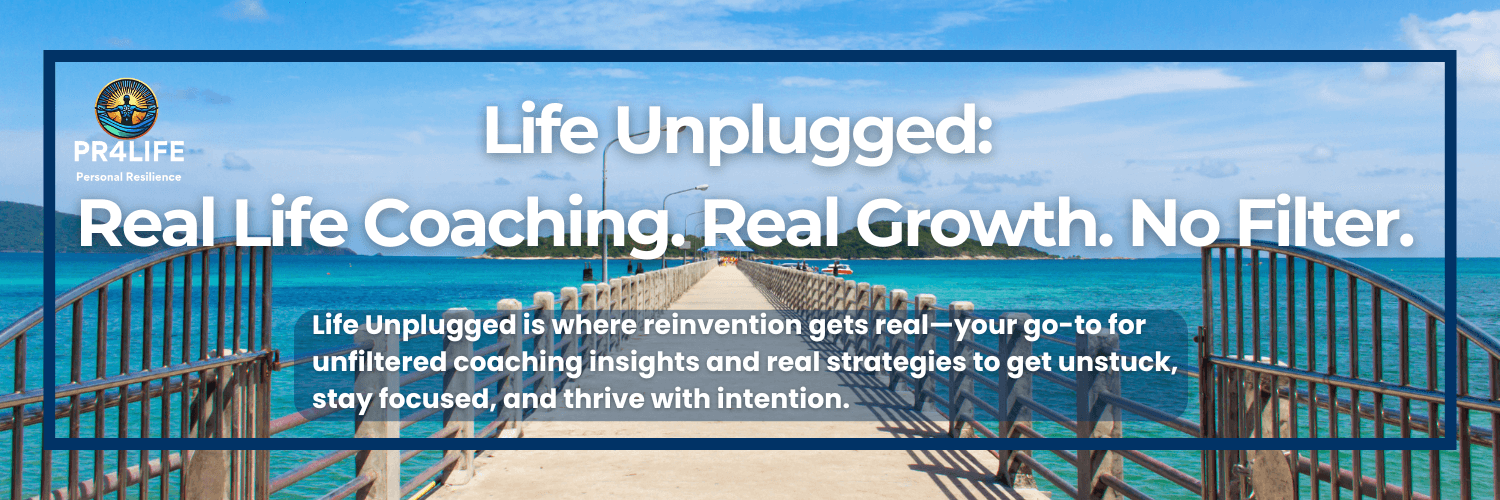







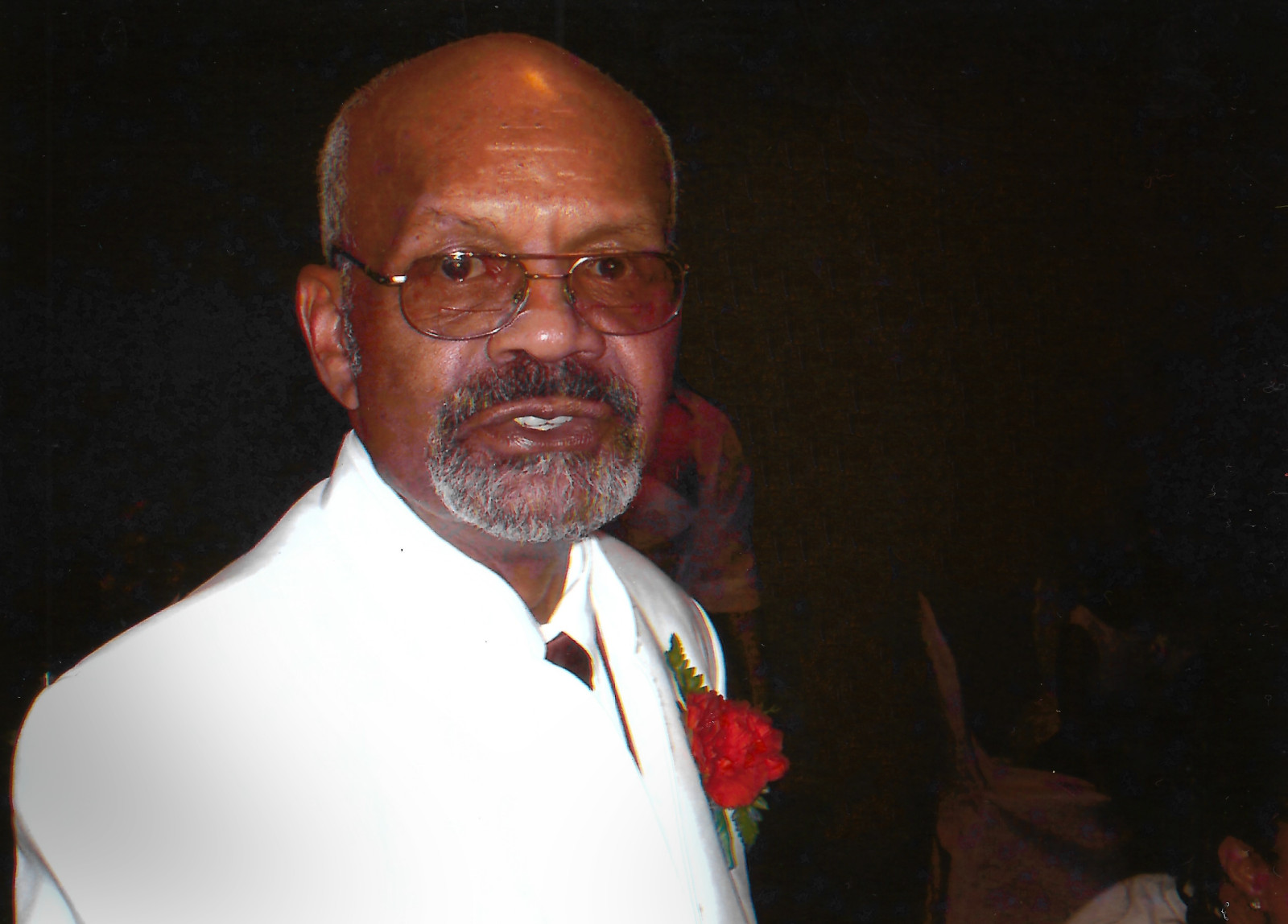
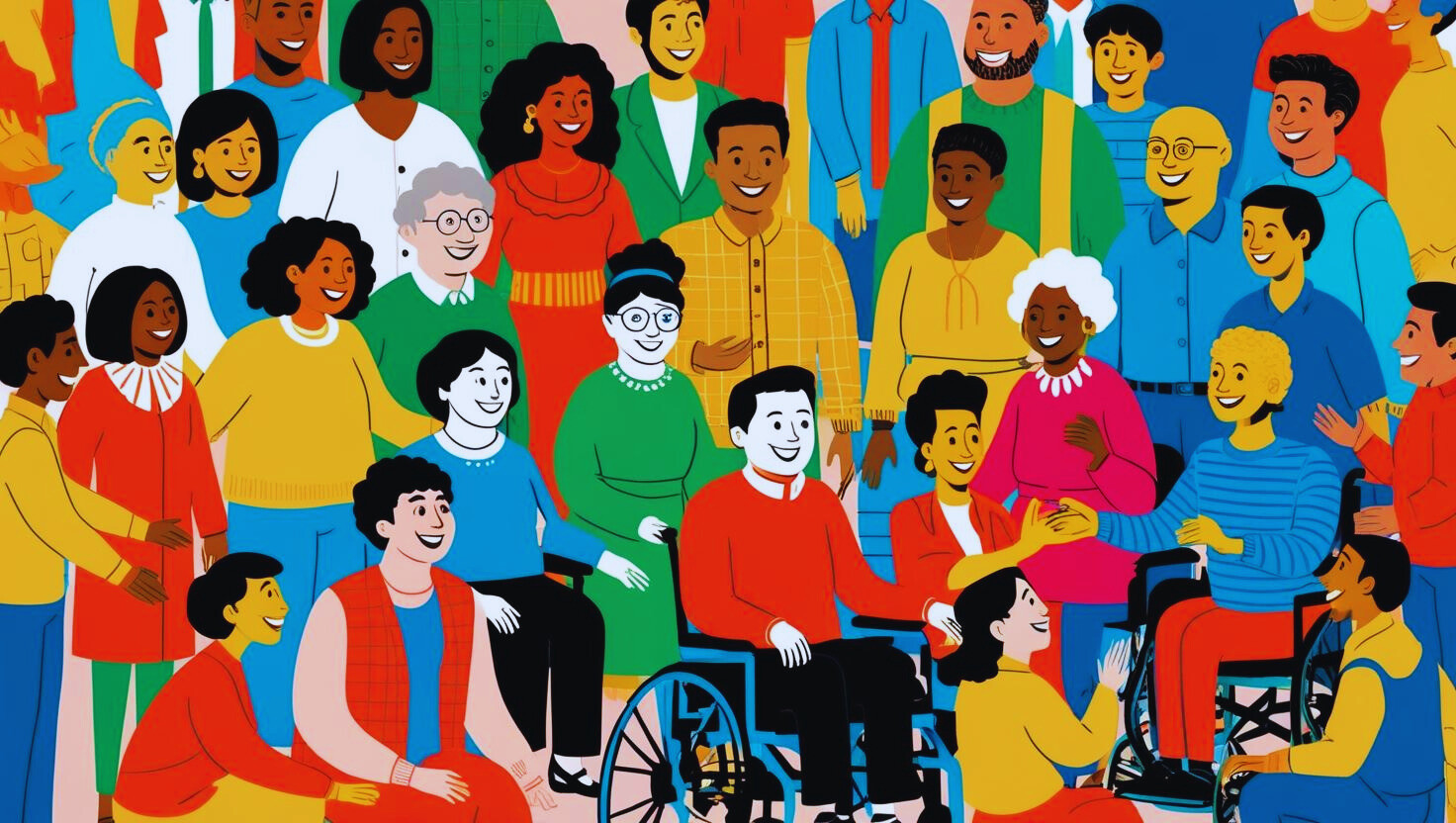

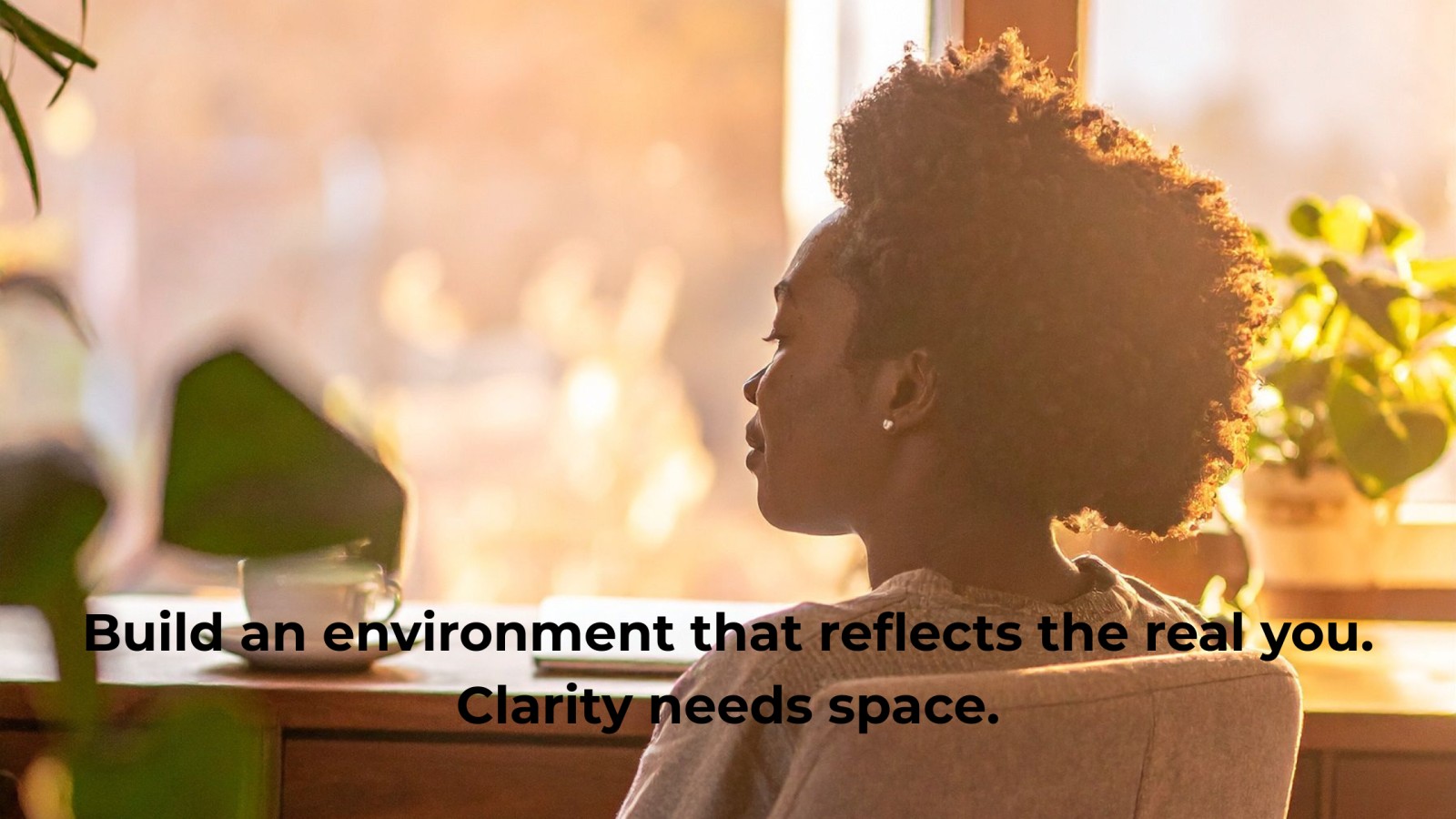

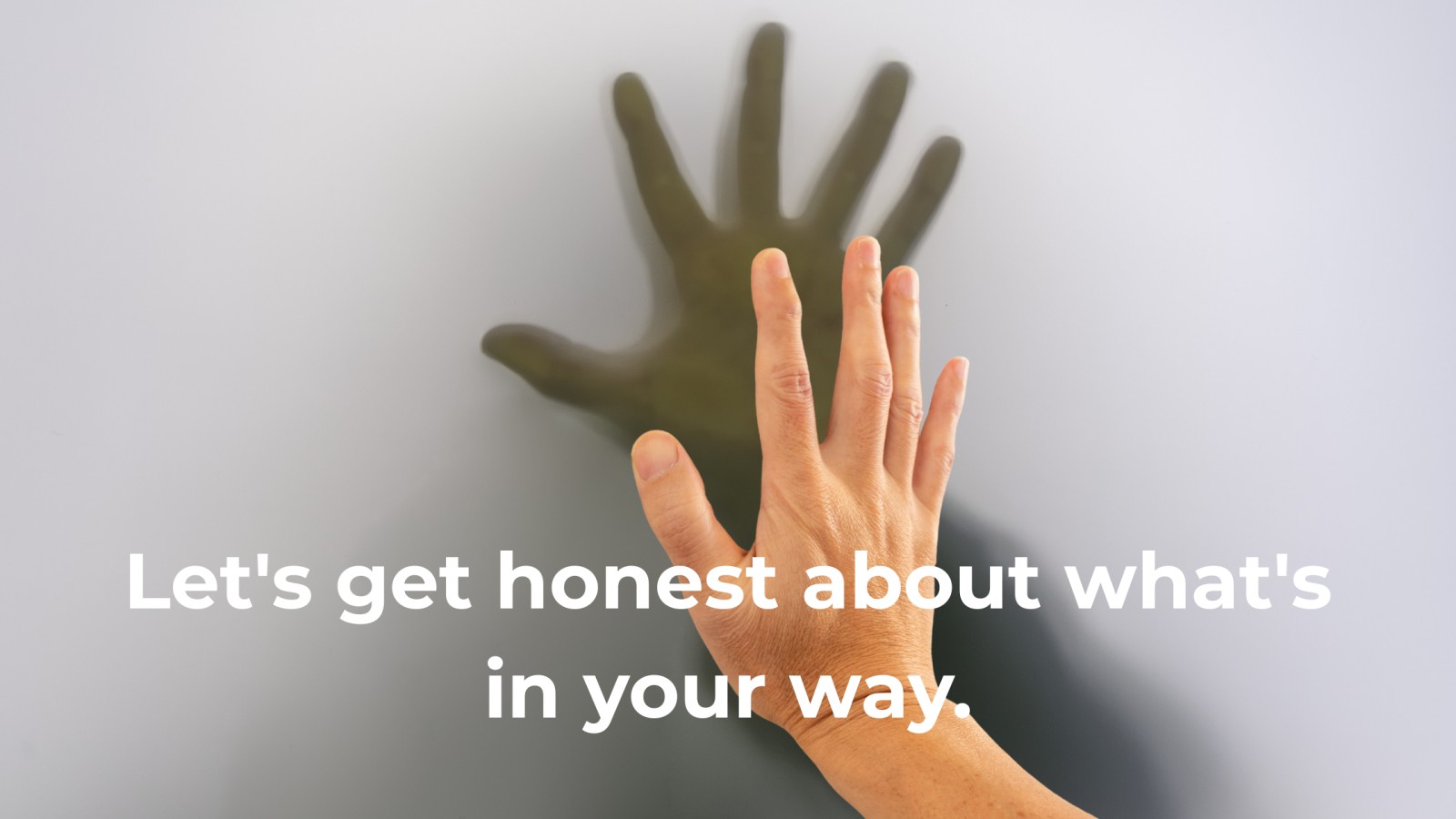
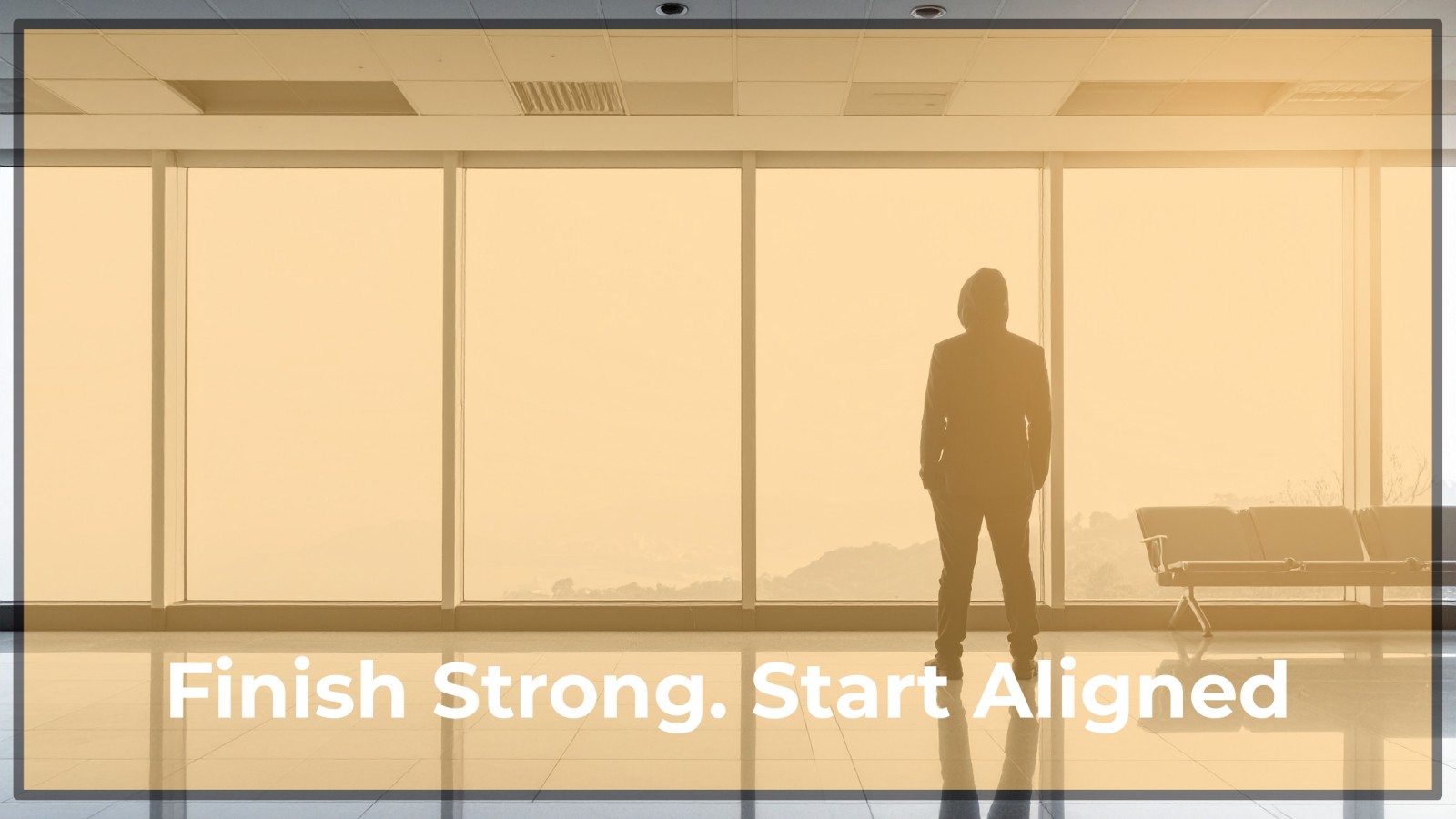
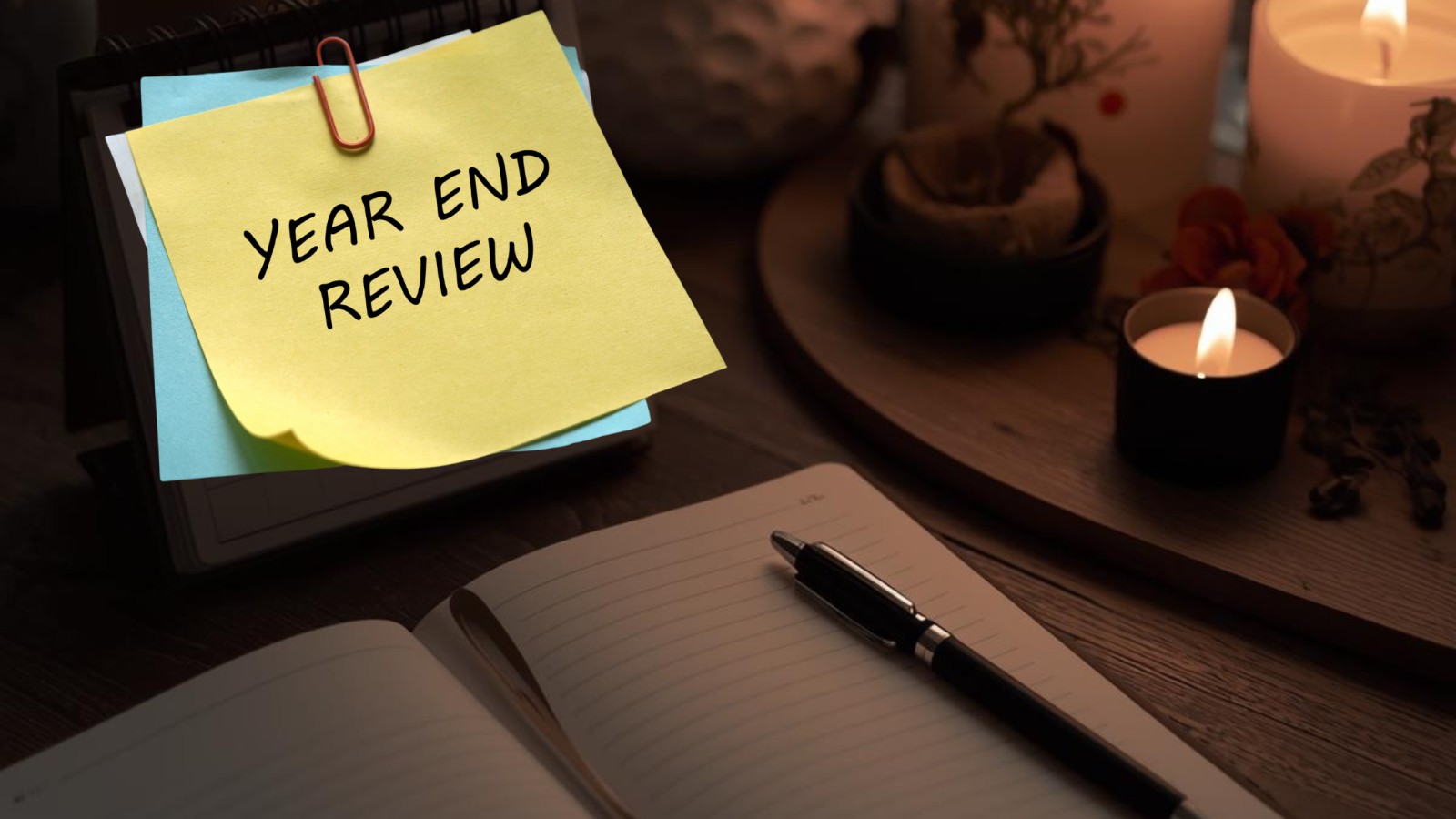
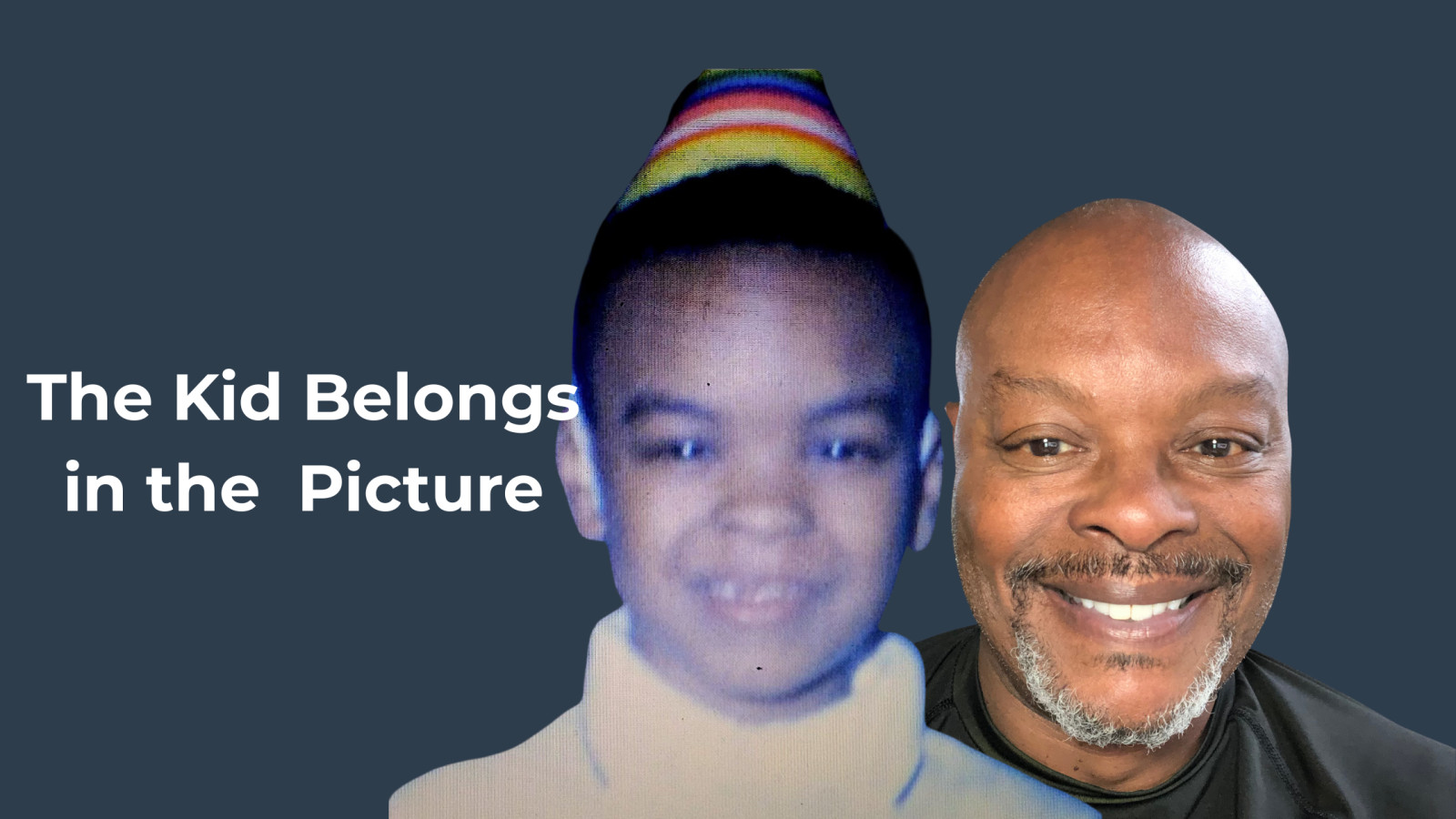
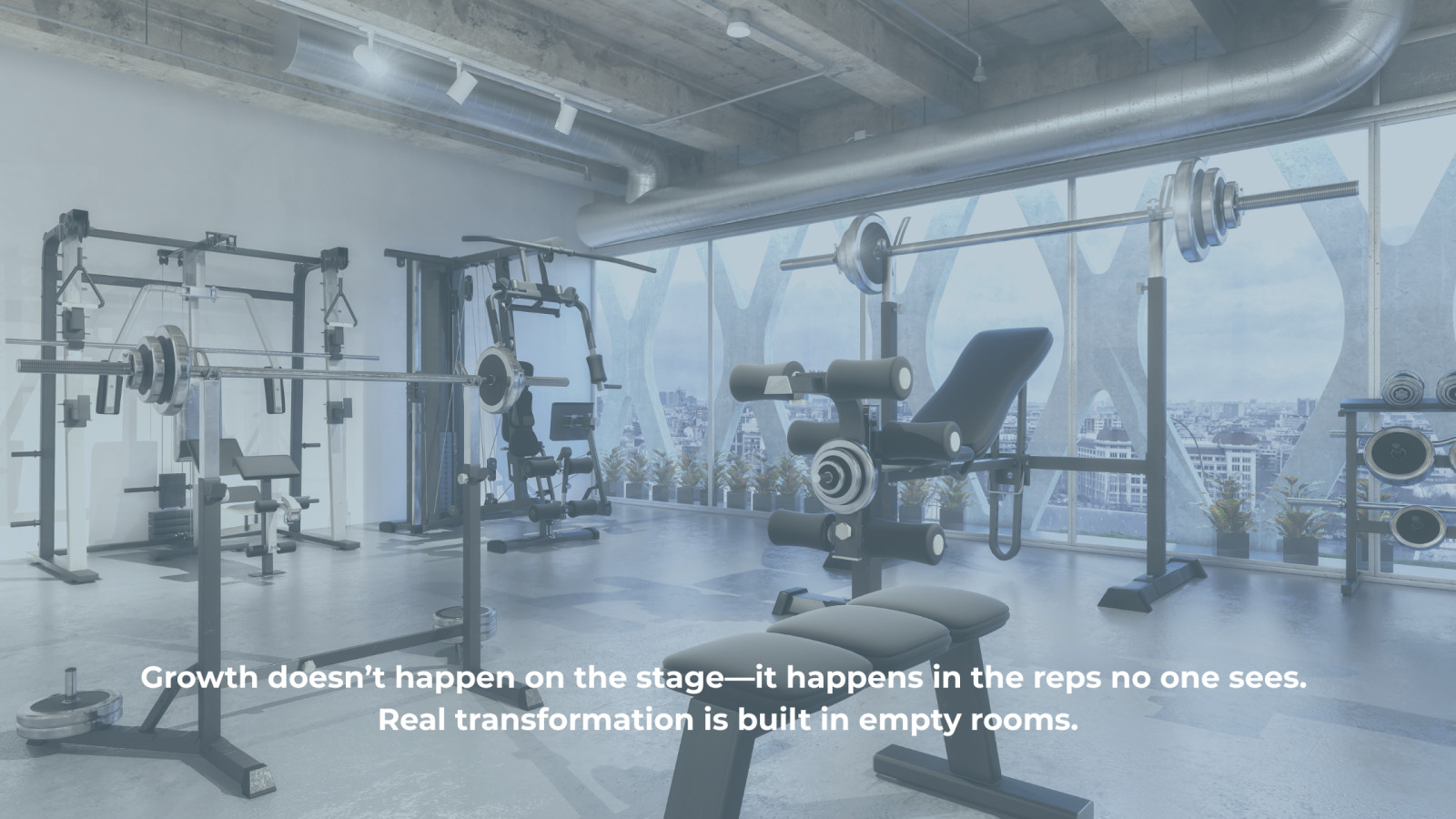
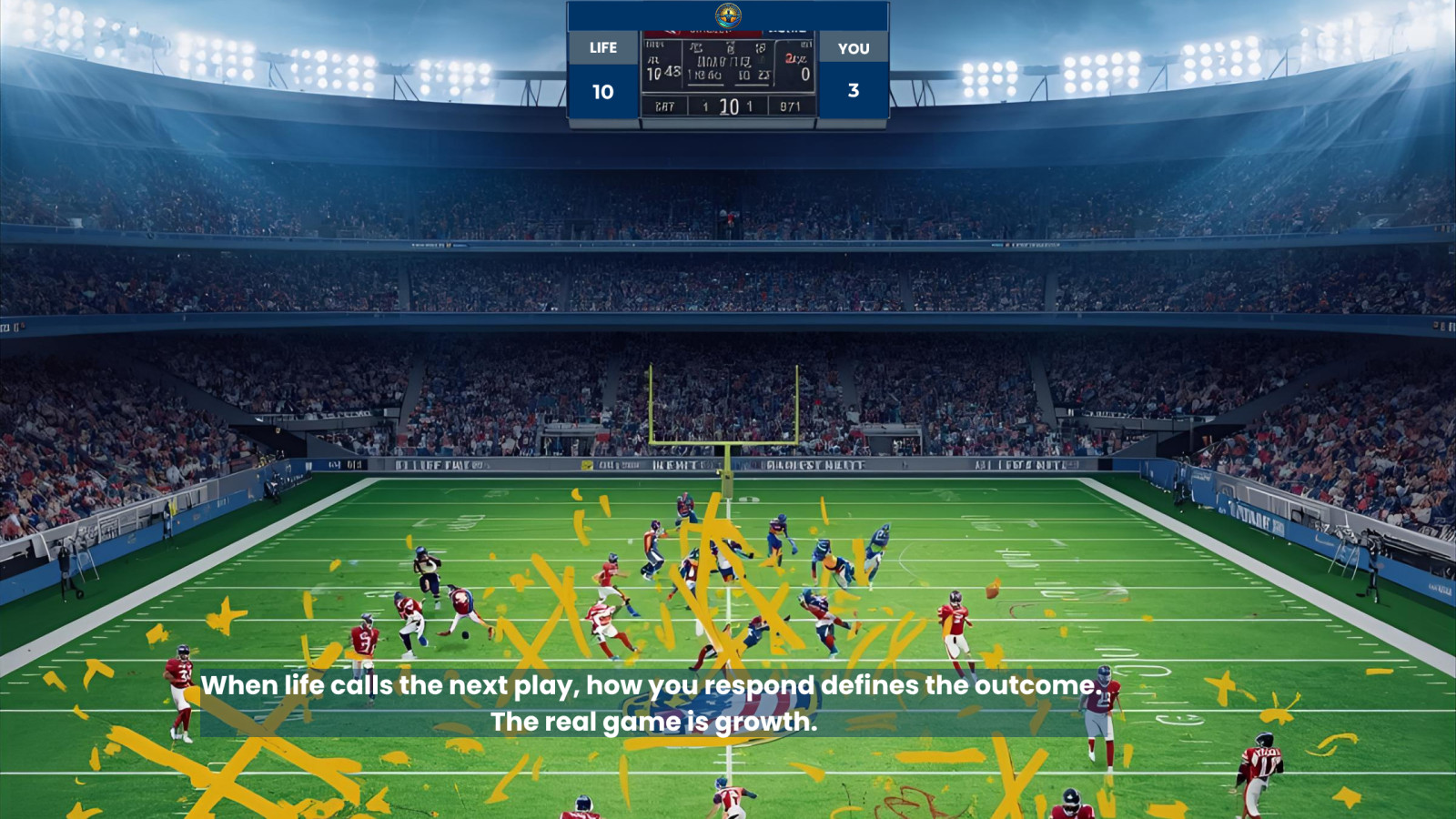
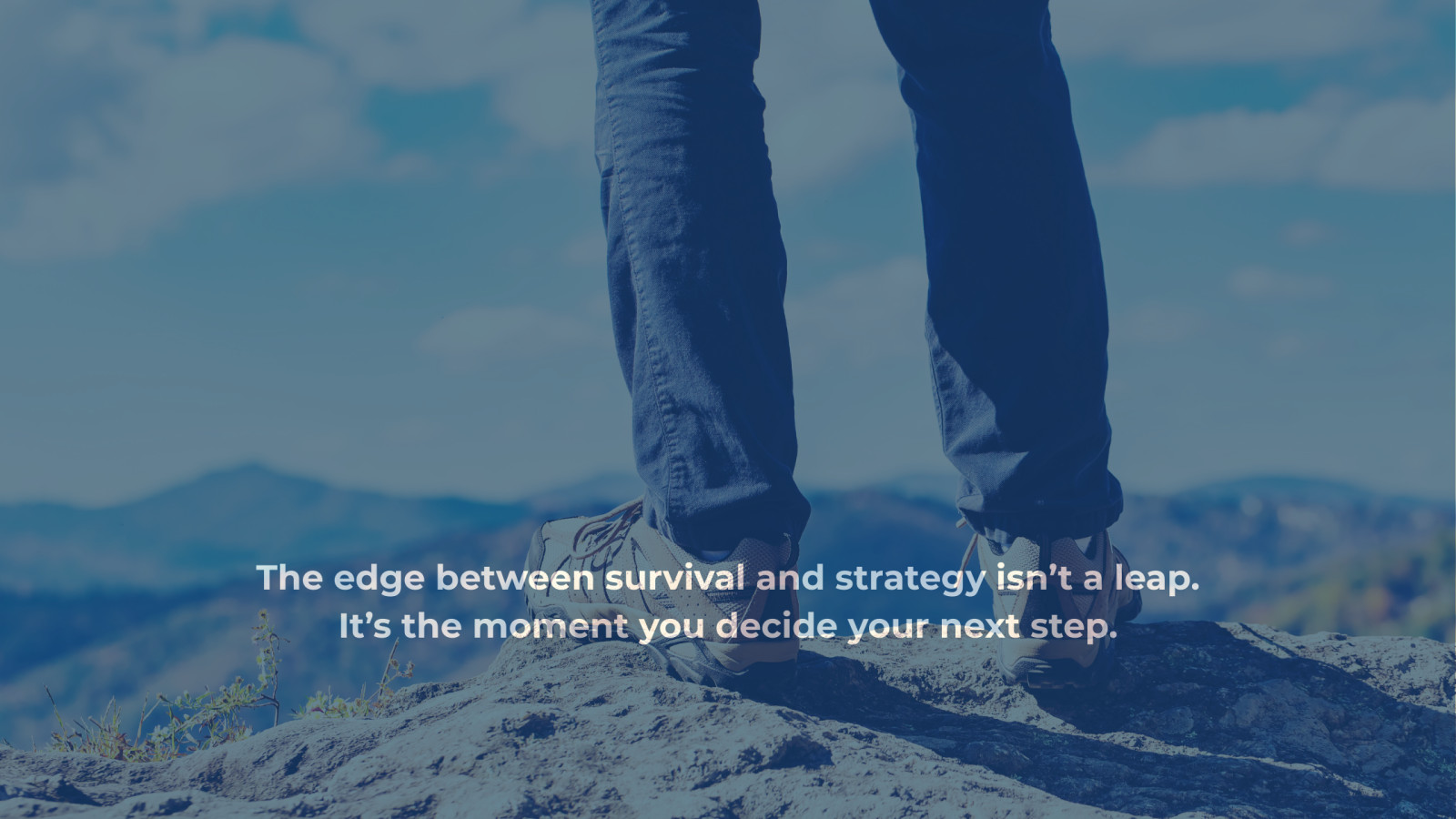
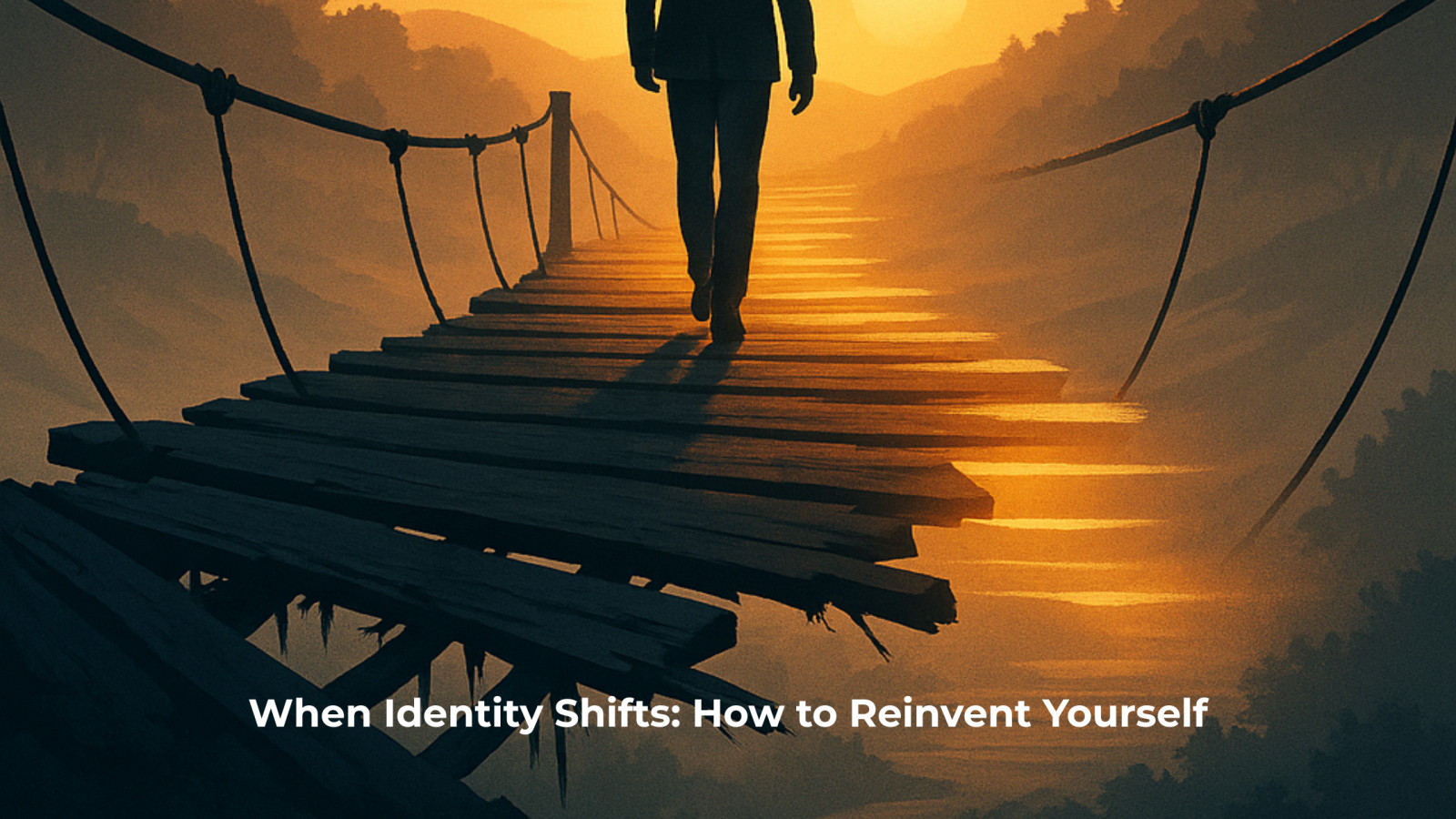
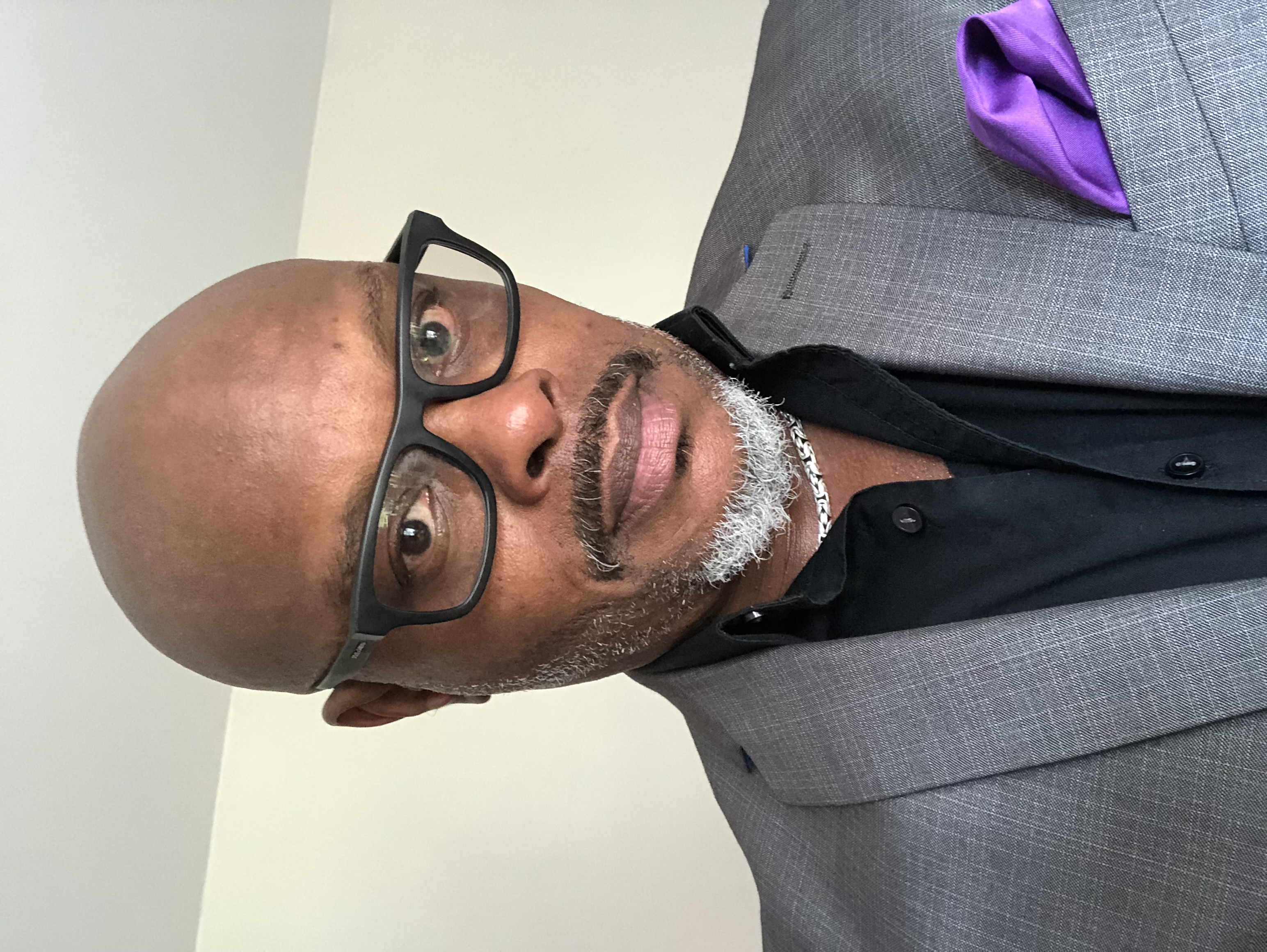
0 Comments